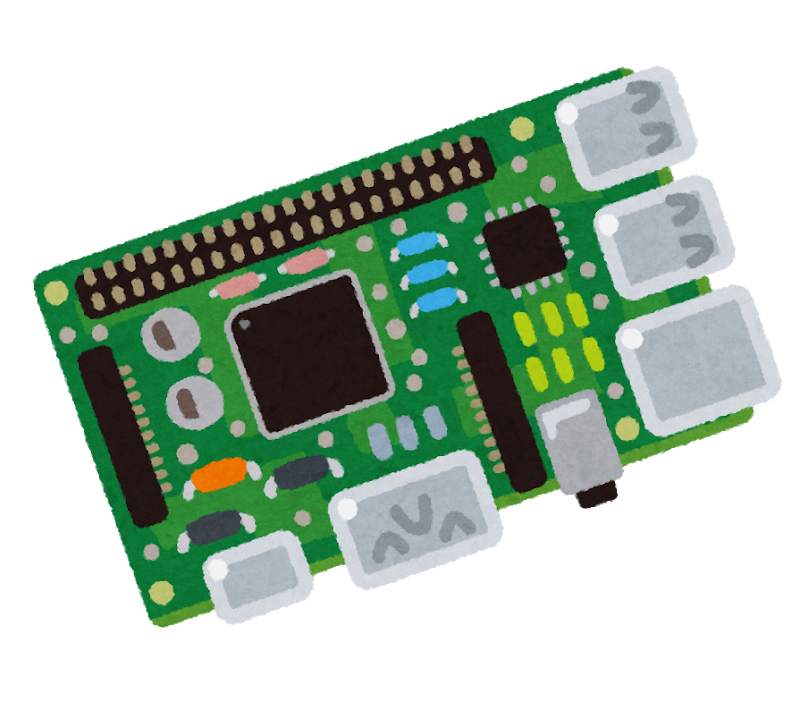So I have two laptops. Both run Linux Mint.
I need Laptop 1 to work with.
Laptop 2 is an unrepairable POS that starts having a little trouble with keyboard and hinges but works nicely otherwise and has a nice large 1TB disc and a GPU. I want to bury L2 in a shelf(*) and save videos and music on it to access from L1.
I would also like to play with Stable Diffusion on L2, accessing it from L1. Can I do that?
Edit: At some point I want to have my website served from L2 as well but I guess that can be a future project.
(*) Bonus points for ideas about how to have L2 do other useful things when I don’t use it and install it as grow tent heating instead of just have it sit in a corner.


If you want to use L2 to host different services, I’d HIGHLY recommend looking into Docker. With docker you can containerize the different applications/services you host on L2, which keeps them isolated from each other and the L2 base system.
So, with Docker, you could set up L2 with a Jellyfin container to be your media server for music and videos, you could set up another container to host your website when you’re ready for that, and much more depending on your wants/needs.
I’ve got an old pc I set up with Ubuntu server (20.04), and am currently running 20-30 containers with different apps and services. It’s great.
this video is a great tutorial to get a docker setup up and running and this guy’s channel is full of great step-by-step tutorials for setting up different apps and services with Docker. He’s great because he is really thorough and explains everything really well.
I’ve watched several videos on the topic and nobody has so far managed to explain to me why I want to use Docker. Okay, to keep them isolated, but why do I want this? I’m just a noob and the depths of server administration are beyond me. At this point from what I understand it just seems to install another layer of something on top of something?
@schmorpel It’s about defense in depth. If you are running an application inside of a docker container, it’s much more difficult for it to interact with or compromise other applications running in other containers or on the host system. So if I’m running a bookwyrm instance and a mastodon instance in separate containers, and there’s a security flaw in bookwyrm that someone exploits, that doesn’t mean they automatically get access to the mastodon stuff too.
@schmorpel additionally, using containers allows for wrapping of dependencies. If I have one application that uses python 2.7 and another that uses python 3, installing both versions on the host system could cause conflicts. But containers have separated file systems, so they can each have their own dependencies without conflict. Mastodon runs a web service to serve http content, a database, various workers etc that can all run together on an separate network stack from other containers.
Docker makes it easy to set up and remove apps. Simply (a) create folder, (b) download/copy-paste the docker-compose template into the folder, © run ‘docker-compose up -d’ and watch the magic happen. And if you want to remove the image just do a ‘docker-compose down’ followed by ‘docker system prune -a’ and poof, it’s gone (although this command will remove any docker container that’s not running, so be careful! (Otherwise remove manually with ‘docker ps’ and then ‘rm name-of-container’). I’m in a similar boat to you and my L2 now runs Plex (media), Immich (photos), Mealie (recipes), Kavita (books), OwnCloud (files), PaperlessNgx (important documents) and Joplin (notes). It also runs Nginx Proxy Manager so I can access some of these apps outside my network (you can grab free domains from duckdns.org), and the others I access via Tailscale for extra security (highly recommend looking it up). Enjoy your journey. It gets very addictive!